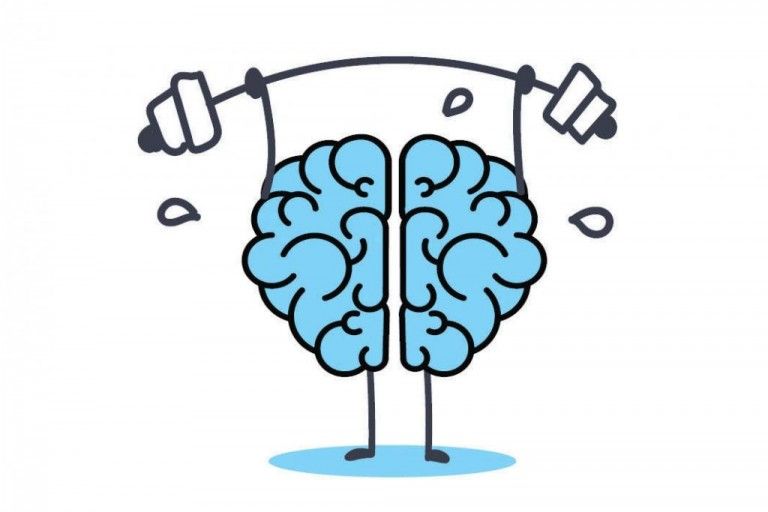Big ideas have a way of getting stuck in the idea phase, and remaining ideas forever. Or even if they do unravel, they can quickly become stagnant.
Big ideas have a way of getting stuck in the idea phase, and remaining ideas forever. Or even if they do unravel, they can quickly become stagnant. One of the most popular tools for progress in creative spaces and startups is the ol’ brainstorming session. You know, some individuals from the team come together to ‘bounce ideas off each other’. While brainstorming seems fabulous in theory, it usually doesn’t amount to any real progress at times. Whether you’re an App design company or a seasoned e-tailer, you’ve probably had your fair share of sessions.
Brainstorming came about in the 1950s, and was governed by four simple rules:
- Come up with as many ideas as possible
- Prioritize the most original and unorthodox ideas
- Put the ideas together and refine them
- Do not offer any criticism during the brainstorm session
Whether for a school project or an app design company, brainstorming has become one of the most popular ways to generate ideas and bring teams together. But is it really beneficial? And what might the problems with brainstorming be? To answer these questions, we’ll look at brainstorming in relation to innovation workshops, and identify the ways in which innovation workshops are actually everything that brainstorming sessions want to be.
Free Riding
One of the biggest problems with brainstorming is that it gives individuals the ability to surf each other’s waves or piggy back off of each other’s idea. While this may seem like the whole point of the exercise, it actually stifles creative idea generation and can result in lazy thinking, where everyone’s ideas sort of blend into one singular idea. It allows some people to make less effort than others, leaving the idea generation to a select few in the room. An innovation workshop, on the other hand, encourages the quietest individuals to speak up.
There’s Always That One Person
Because brainstorming sessions tend to prioritize getting a bunch of ideas out in the open, and usually have an informal, fluid structure, the most confident individuals will likely dominate the conversation. Following from the previous point, a workshop encourages even the quietest person in the room to have their say. As such, workshops actually result in a diversity of ideas because every voice matters, and there’s no single opinion that overshadows the others. Instead of having everyone put their ideas on the table at random, a workshop has a facilitator who ensures that each participant is equally involved.
What Now?
The reason brainstorming sessions often fall flat and don’t bring about change is because they kind of just end where they started. Once everyone has left the boardroom, there’s no sense of accomplishment and progress because there’s no real plan of action for all the ideas generated. A workshop will have each idea voted on before it ends, in order to give the team a sense of where they’re headed. Ideally, voting should also be anonymous, so nobody is acting out of intimidation. In a nutshell, a workshop puts ego and hierarchy aside. Each idea matters as much as the last, and the process is designed to put the best idea first, not the loudest.





